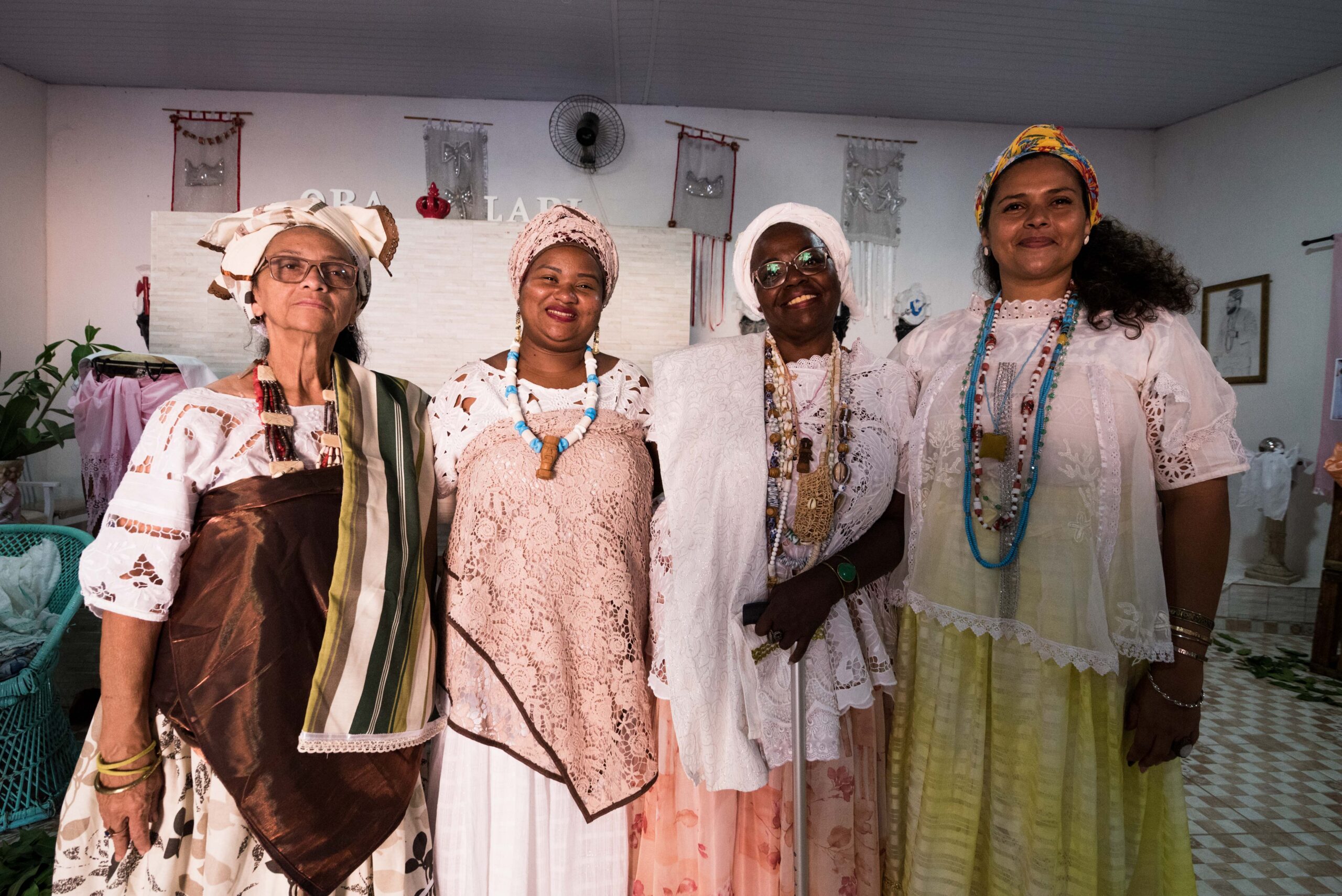
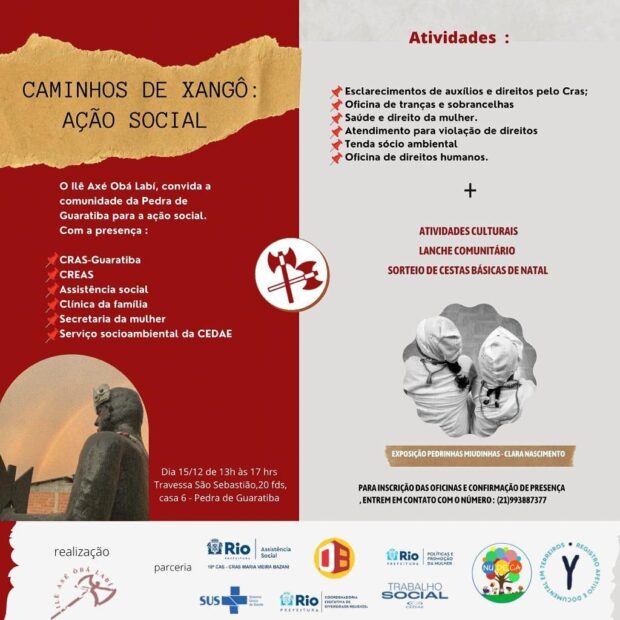
On December 15, the launch of the Pathways of Xangô Social Action took place at Candomblé temple Ilê Axé Òbá Labí, in Guaratiba, in Rio de Janeiro’s West Zone. Representatives from Brazilian public agencies such as the Social Assistance Reference Center (CRAS), the Specialized Social Assistance Reference Center (CREAS), the neighborhood’s Family Health Clinic, the State Water and Sewerage Company (CEDAE), and the Municipal Secretariat for the Advancement of Women, along with State Deputy Renata Souza, were present.
The Pathways of Xangô Social Action event included spiritual leaders from the Afro-Brazilian religious temples in the region, congressional representatives, and local communities. Diverse activities, even spaces where guests could take part in braiding and eyebrow design workshops, were held alongside the opportunity to see Pedrinhas Miudinhas (Little Stones), an exhibition by photographer Clara Nascimento.
In Afro-Brazilian religions, the central theme of Axé has a deeply spiritual significance and can be understood as “life force” and “living energy.” Xangô is the name of the Orixá [deity] of justice, who rules over thunder and lightning and carries a double-sided ax.
Besides offering an afternoon of services and culture, and fostering important debates within the local community, the social action brought to light new ways of organizing in the fight against religious racism. The Pathways of Xangô Social Action is leading the West Zone in offering new approaches to building a collective and organized movement in pursuit of access to basic rights and public policies for marginalized population and Afro-Brazilian religious communities.
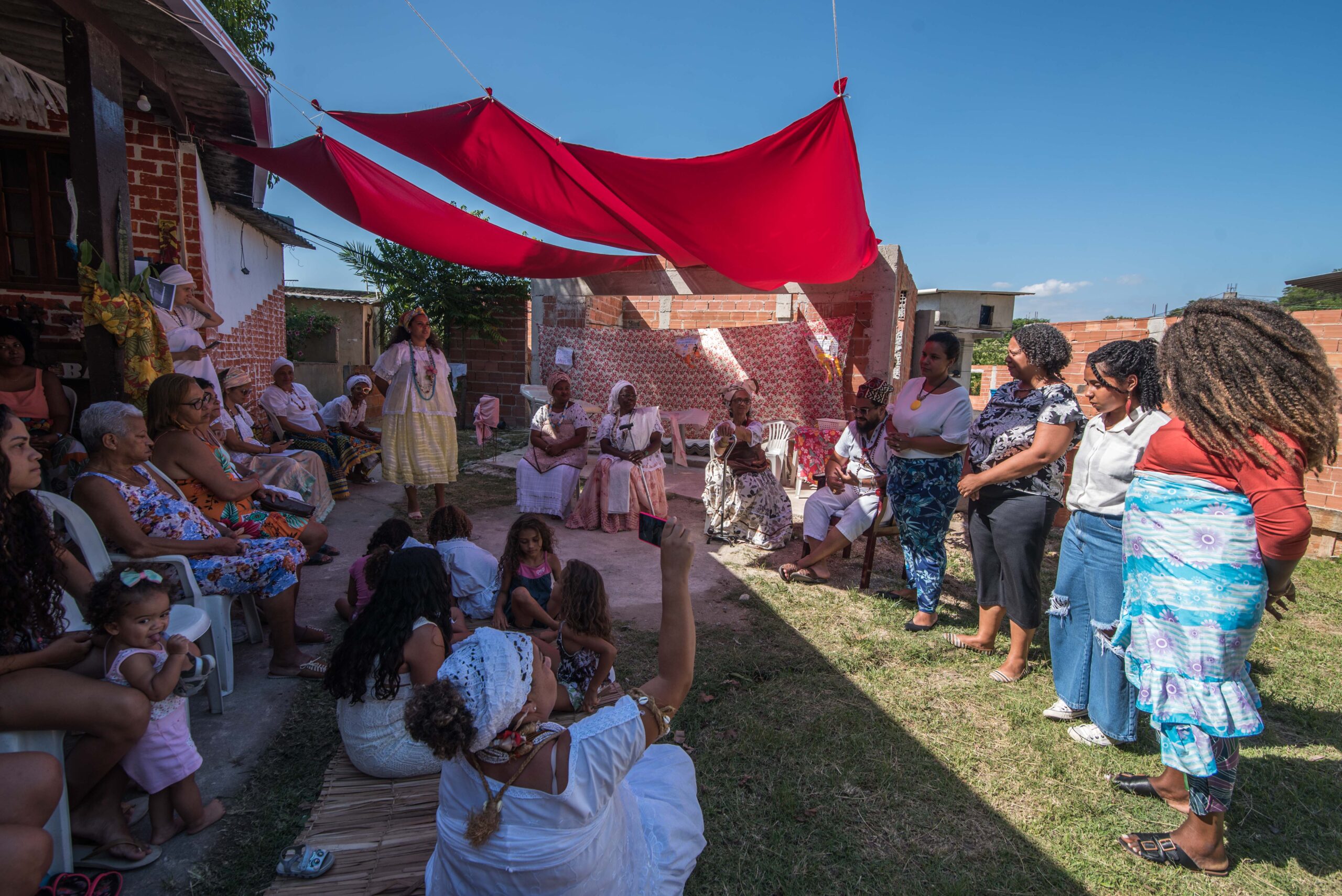
Pathways of Xangô: The Ax of Justice in Black Territories
According to Iyá [Candomblé priestess] Katiuscia Lucas de Yemanjá, 39, from Ilê Axé Òbá Labí, one of the event’s leaders, the most important part of the action is contributing to the mobilization of Guaratiba’s Candomblé temples—the Ilês Axés, as they are called in Yoruba. The region’s Candomblé temples are in the process of organizing their communities to fight racism and religious intolerance. The social action was led by Babalorixá [Candomblé priest] Thiago de Xangô and the event took one more step toward consolidating the Pathways of Xangô Movement – Justice and Access to Rights in Black Ancestral Territories.
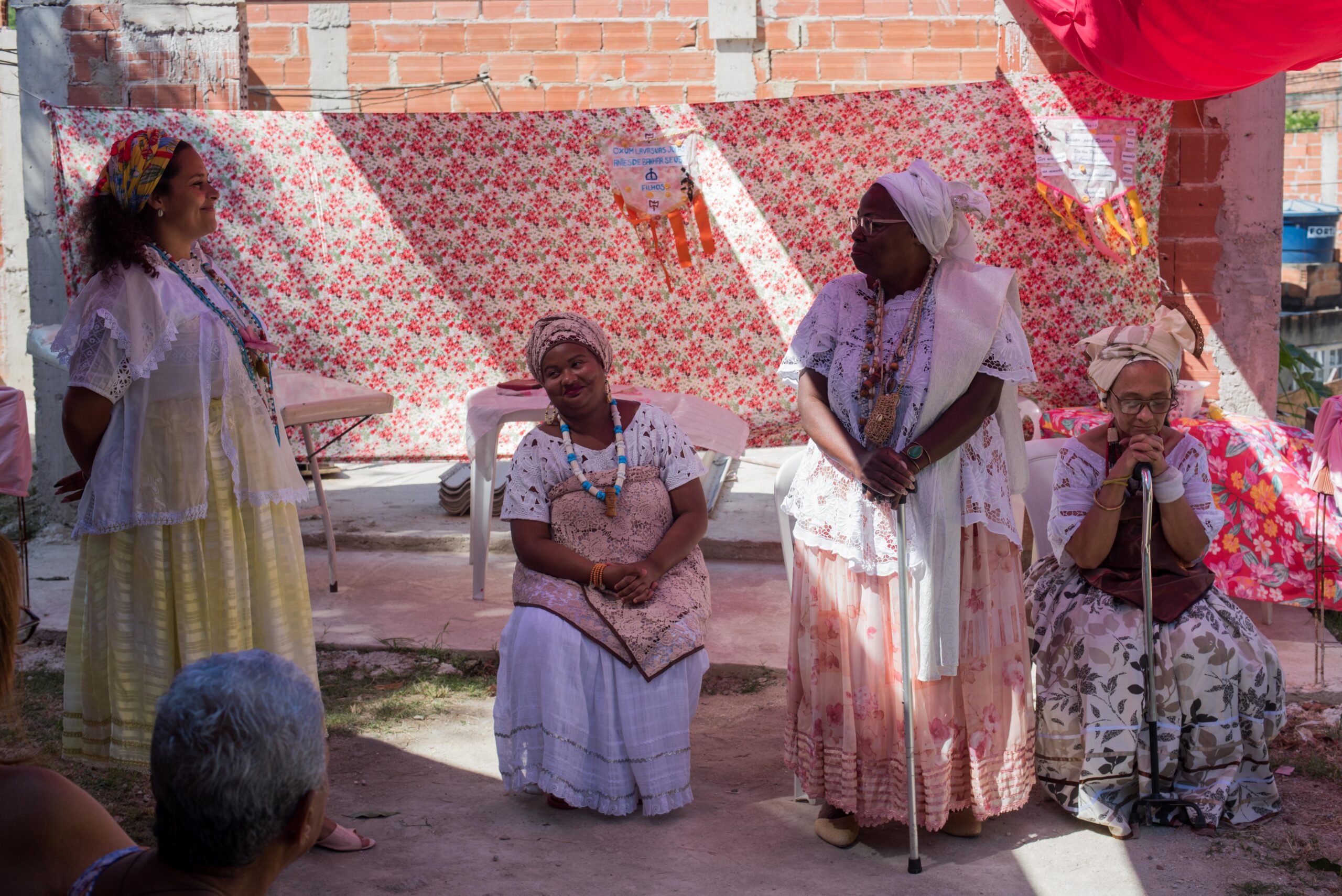
The idea behind the movement is to reduce, as much as possible, the distance between public policies and Brazilian territories of African ancestry, showing them as places that promote community rights and the fight against racism. The movement also takes a pedagogical stance, empowering those who practice religions with African roots, marginalized, Black, and favela populations. The main purpose of the movement is to demand and influence public institutions to guarantee these populations access to basic constitutional rights.
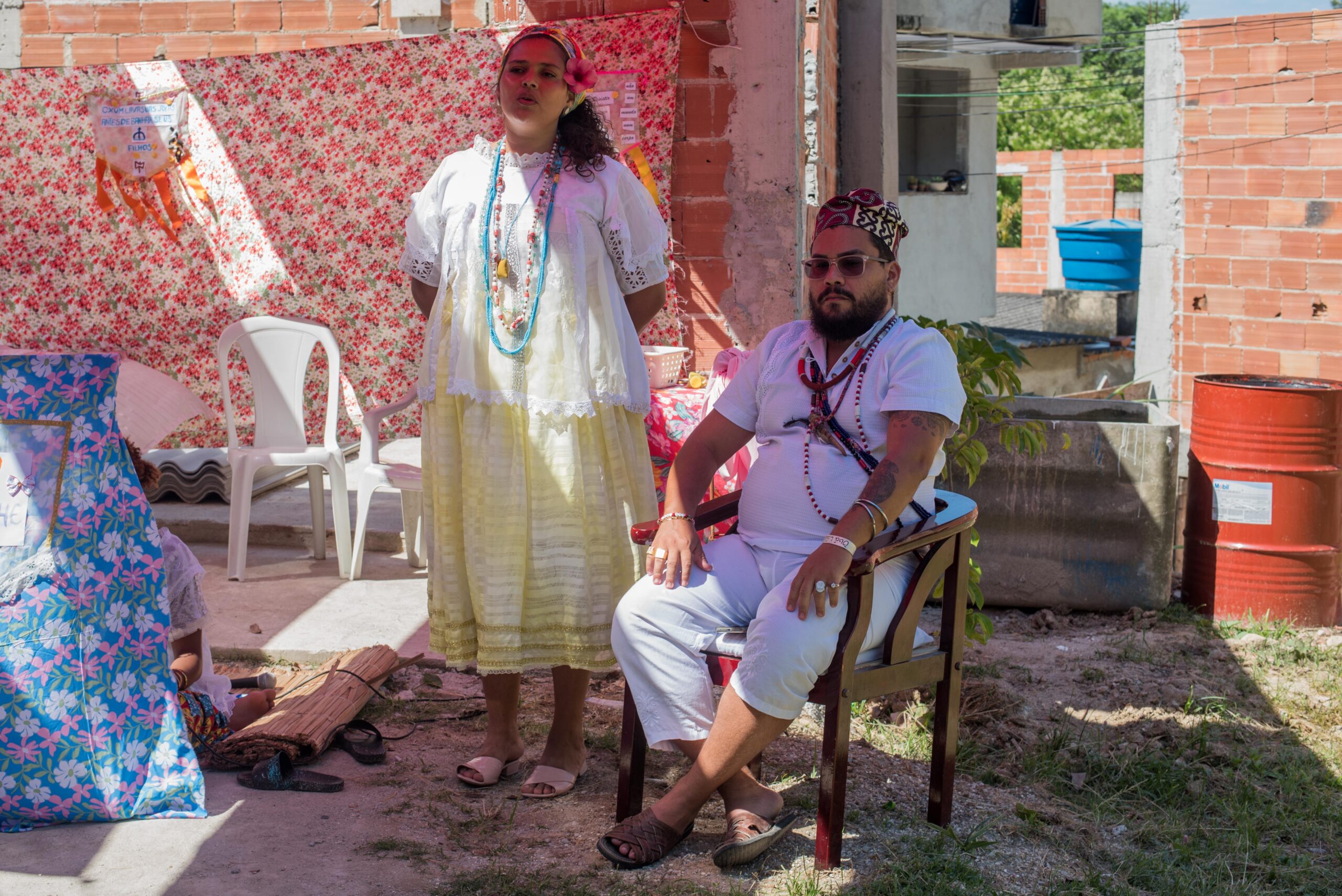
“We are fostering a number of partnerships with governmental institutions within a territory as a means of making this territory visible, and so that the Candomblé houses and terreiros [places of worship] are legitimized as spaces for the delivery of public services and the promotion of access to rights. Just as other institutions can receive public services from the State, we are in this fight against religious intolerance, so it’s an agenda that stems from the racial issue, from religious intolerance, racism, and religious racism. We work in several areas, which, for example, aren’t restricted to the issues of religion and race. We also understand that this territory is a territory of remembrance and of protecting ancestral memory.” — Iyá Katiuscia de Yemanjá
Efforts to organize the places of worship of Afro-Brazilian in Guaratiba have been gathering strength and legitimacy. The day before the event, Ilê Axé Òbá Labí also hosted a meeting of the Center for the Defense of Children and Adolescents in Guaratiba (NUDECA). The NUDECA network addresses the protection of children and teens and meets in spaces and institutions in the neighborhood that have a specific mission to work with children and youth. The coming together of the Ilês and this network is seen as a big step forward for Afro-Brazilian religions, which have always been overlooked in local public policy-making and planning.
“CRAS do Axé”: A Local Collaboration between Candomblé Places of Worship and Social Service Providers
The Pathways of Xangô event also featured the local Social Assistance Reference Center’s Candomblé outreach wing, known as “CRAS do Axé” and its matriarchs: Iyá Katiuscia de Yemanjá, Iyá Luizinha de Nanã, Iyá Jacqueline de Òbá, and Iyá Márcia de Oxum. The CRAS do Axé was created in response to the recognized need for an open dialogue between the local Social Assistance Reference Center (CRAS) and the area’s Afro-Brazilian religious leaders, at the invitation of Andréia Lima, a social worker and CRAS coordinator. Lima realized that the Guaratiba region is a place with several Candomblé houses of worship and that the CRAS lacked data on them and public policies aimed at supporting followers of Afro-Brazilian religions. So she began approaching the Afro-Brazilian places of worship.
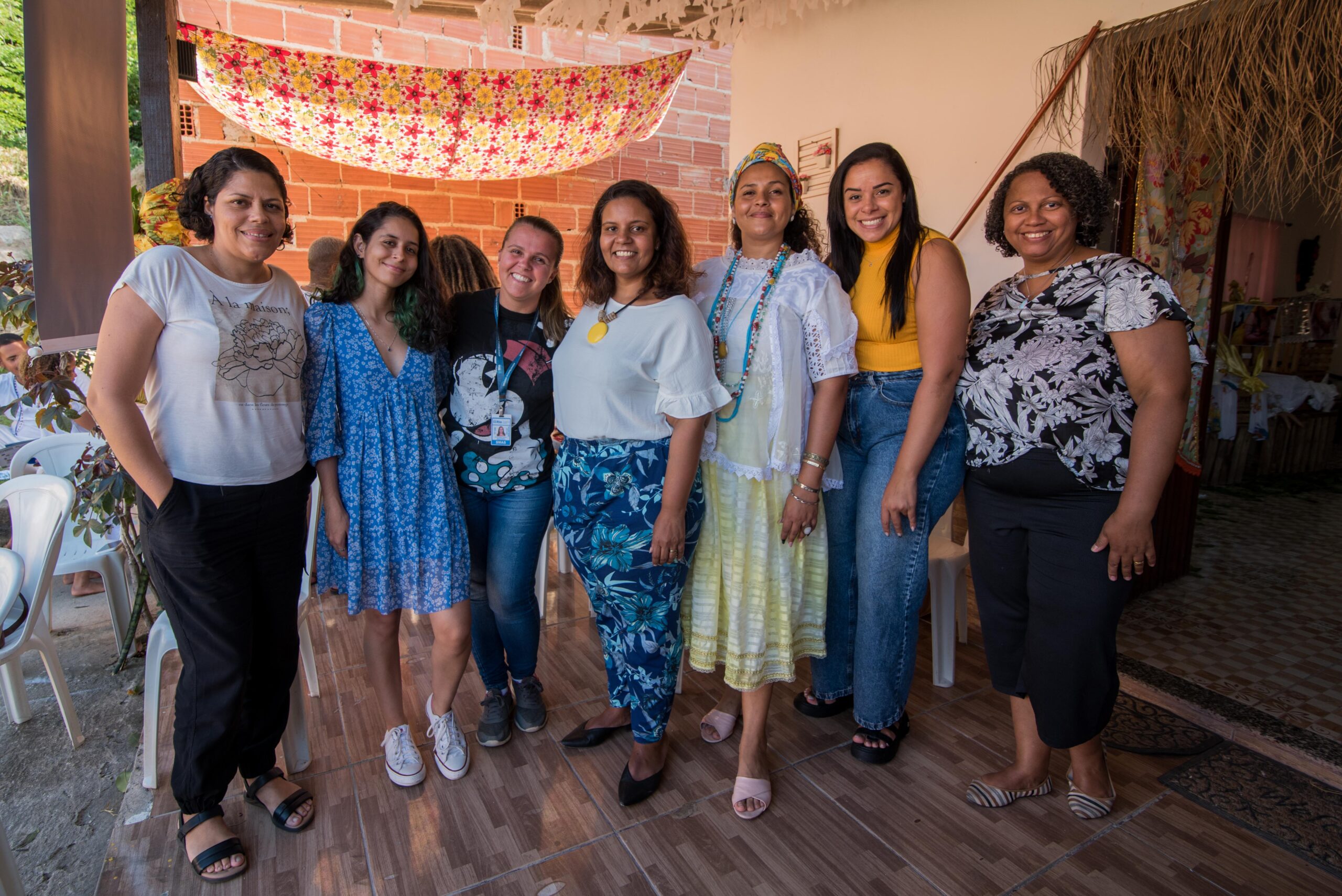
Andréia Lima, 43, a social worker and coordinator of the Maria Vieira Bazani CRAS in Guaratiba, explained the ways in which social assistance works in the area, especially in relation to the neighborhood’s Afro-Brazilian places of worship.
“All the areas of assistance have a network [built] with public, private, and religious institutions as well as social movements. The role of [social] services is to get to know the region, its institutions and its services. When I came here [to Guaratiba], I realized that there wasn’t a single terreiro listed as a CRAS partner. I know spiritual leader Márcio de Jagun, who is the executive coordinator for Religious Diversity in Rio, and we had a meeting. Our first task was to register the terreiros in the region and, from then on, they have been participating in the NUDECA network (Center for the Defense of Children and Adolescents) in Guaratiba and have been carrying out other initiatives together with the CREAS, the Regional Office, and the sub-mayor’s office. The role of CRAS is to understand what the terreiros do, we understand this territory because of the terreiros. That is our role, which must be done in any CRAS.” — Andréia Lima
Iyá Katiuscia de Yemanjá described how the fight for public policies that guarantee the protection of devotees of Afro-Brazilian religions is daily and carried out at ground level in the Candomblé places of worship. And that this demand from Afro-Brazilian religions in the region led to several leaders getting organized so that, collectively, they could be strengthened in the fight against the attacks they have frequently suffered. The Ilê Axé Òbá Labí terreiro, for example, had bombs thrown inside and Mãe Luizinha de Nanã’s house suffered an attack on theif Garden of Sacred Herbs, which was burned during the night.
“We got our houses organized and had a meeting with Andréia from the Guaratiba CRAS since she requested [to speak to] a few representatives from Candomblé houses of worship because she wanted to understand why a territory with so many such houses was completely invisible to the authorities. For example, the CRAS has churches and other Christian organizations as partners, but not a single terreiro. When we got there, we created the CRAS do Axé, which was specifically aimed at supporting the terreiros in the region.” — Iyá Katiuscia de Yemanjá
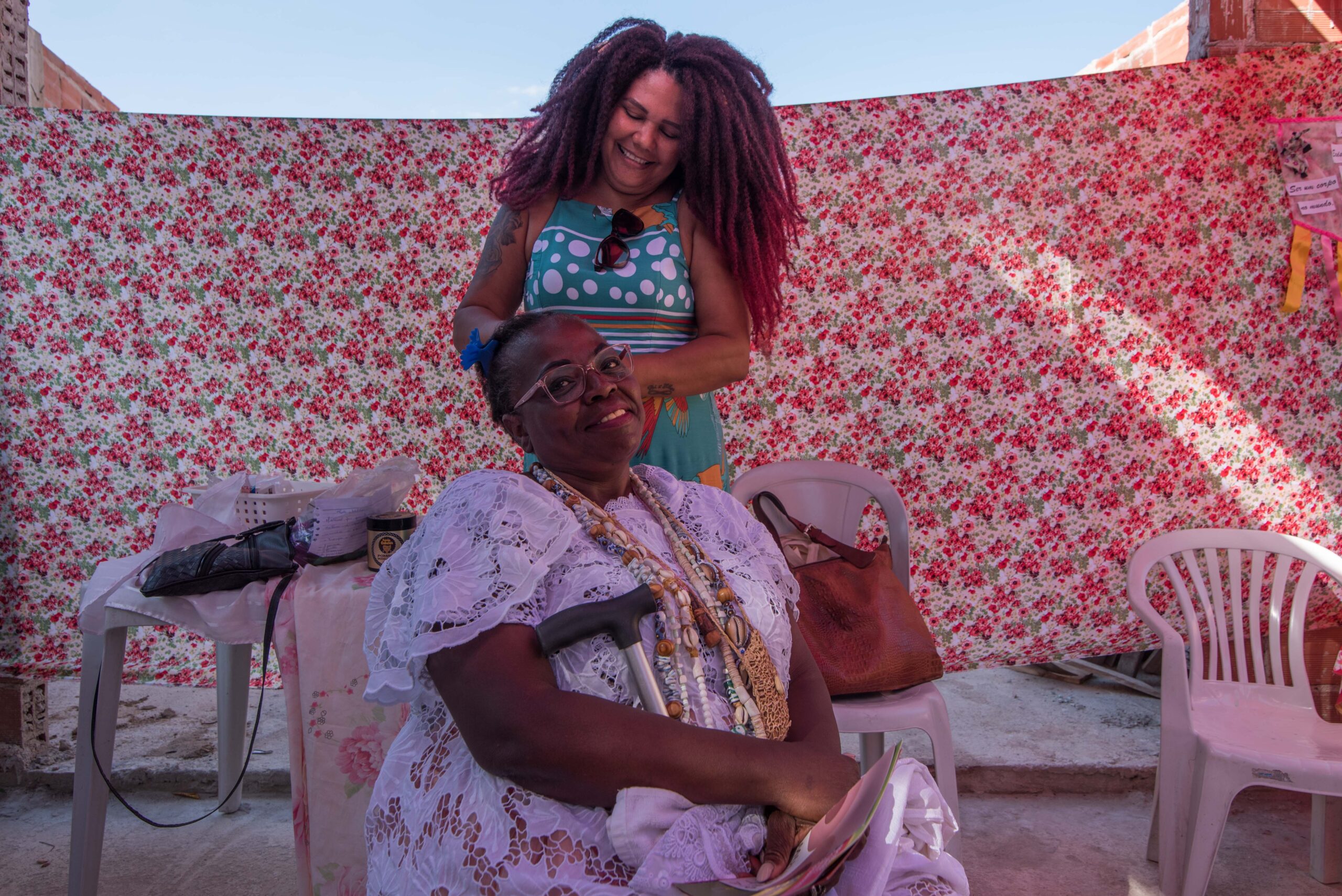
Iyá Luizinha de Nanã, 62, from Casa de Nanã, one of the matriarchs who is part of the CRAS do Axé, showed her concern for the change in management of the CRAS, which was scheduled for December 2022.
“The CRAS do Axé is important because it brought together several leaders from Afro-Brazilian religions, making demands, presenting all of our problems in a single place, making communication with the City much more balanced. The CRAS do Axé has been very good, and this is precisely what we don’t want to lose… If another coordinator comes in, we don’t know what their stance will be, what they will do, how they will handle this issue of violence and acts of religious racism that we have in the region. That’s why we are here, before Andréia leaves… We are already speaking about this with the City so that it doesn’t take away this channel of communication we have, and so this dialogue doesn’t stop.” — Iyá Luizinha de Nanã
The CRAS do Axé is a pioneering experiment and one of great importance not only for Guaratiba but as an example for the entire city. However, it is still in its early stages and, if a coordinator that is not sensitive to the cause of the Candomblé houses of worship in the region takes over, those involved fear all this effort to open up a dialogue with leaders of Afro-Brazilian religions in the territory could be reversed. The hope is that channels of communication between the Guaratiba CRAS and the CRAS do Axé remain open. If it depends on the local followers of Afro-Brazilian religions staying organized, that won’t be a hurdle: there is no room for retreat when it comes to the struggle for rights.
Little Stones Photography Exhibition
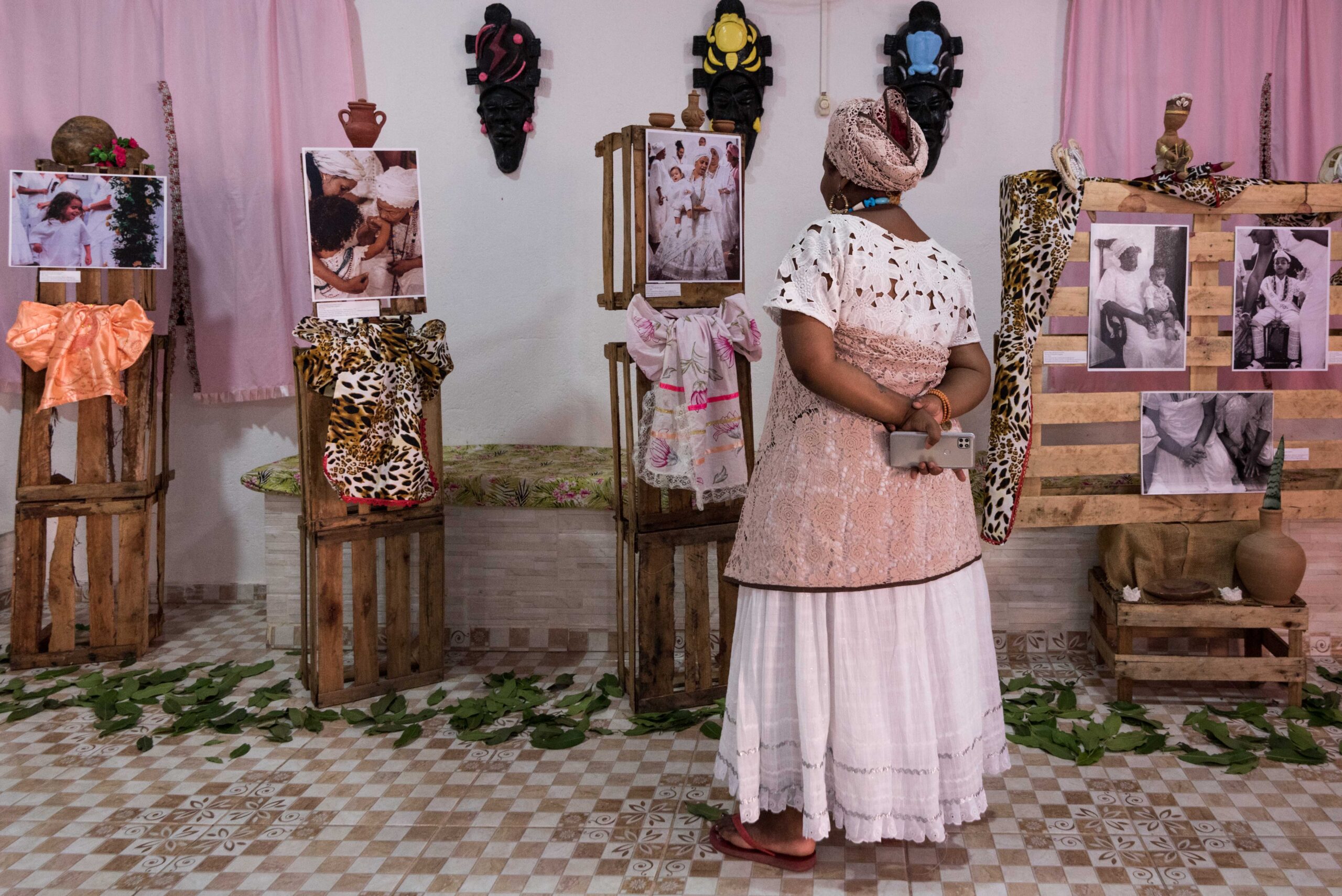
The exhibition Pedrinhas Miudinhas (Little Stones) by photographer Clara Nascimento, 27, showed the artist’s work in Afro-Brazilian places of worship. The exhibition, which was held in the hall of the Ilê Axé Òbá Labí, was dedicated to children raised in the Candomblé tradition.
“My main work is documentary photography in Afro-Brazilian places of worship and I’m on my second exhibition which is called Little Stones. I’ve already had an exhibition at the Rio Museum of Art through an artist residency at the Play Festival. Here in the terreiro, it [the exhibition] is being presented in a different format, with eight more photos and a different montage with another type of stand designed by Ekedji Angorense and Iyá Katiuscia, with elements and material from the terreiro, decorated with Ojás (fabrics) which are very characteristic of terreiros, and herbs. And having it within the confines of a terreiro makes me happy since I too was an Axé kid, born and raised within a terreiro. My grandmother has an Umbanda terreiro here in Guaratiba as well.” — Clara Nascimento
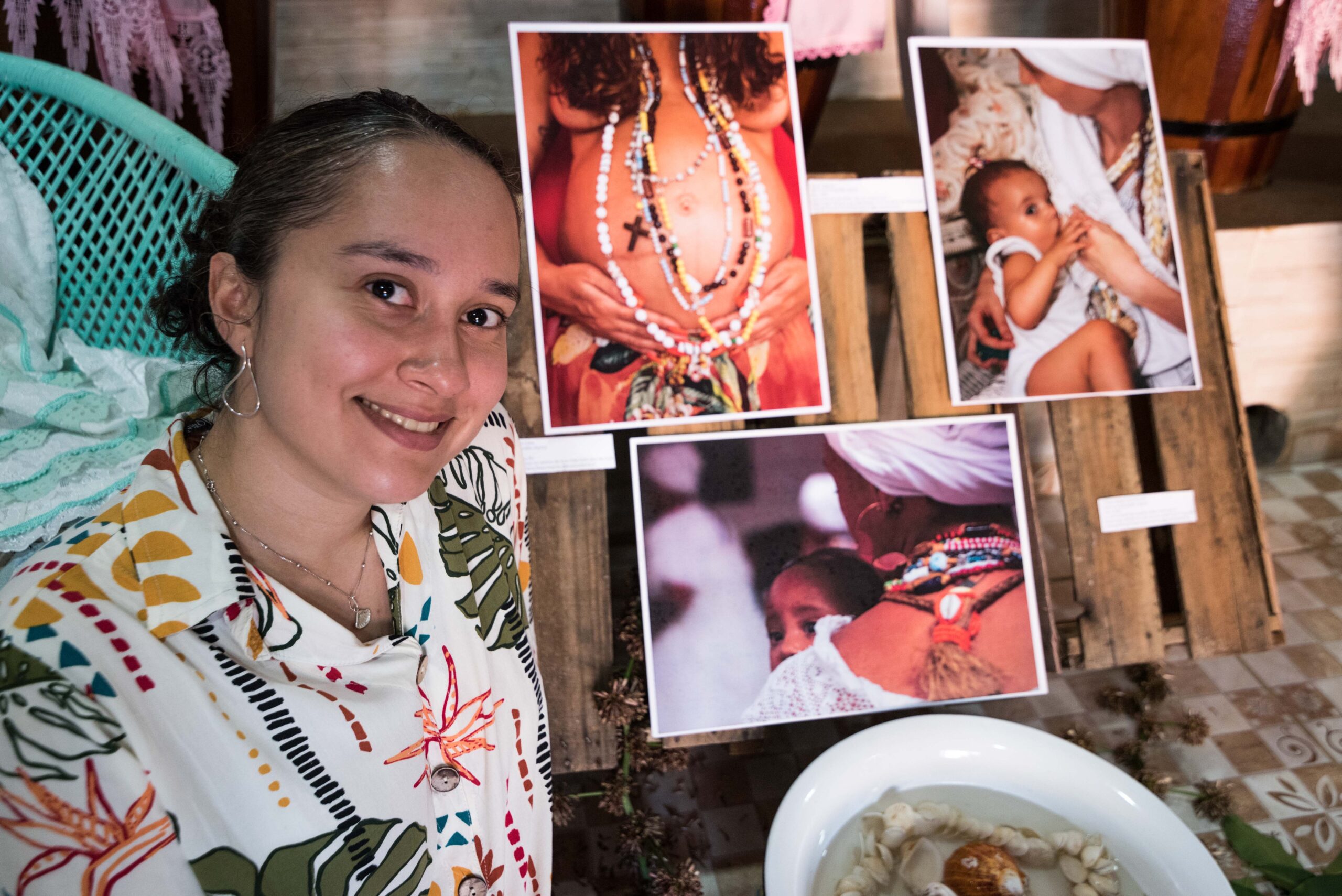
For a Future Drawing on Ancestors
The CRAS do Axé, the Pathways of Xangô Movement, the Garden of Sacred Herbs, and the participation of Afro-Brazilian religious institutions in the NUDECA network are some of the many initiatives for organizing and resistance in Guaratiba. It is increasingly evident that adopting the strategies of quilombo movements [traditional Afro-Brazilian communities formed in resistance to slavery] is the only alternative for followers of Afro-Brazilian religions. Collectivity is the response so as not to succumb to the lack of public policies, the lack of guaranteed rights, and the attacks of religious racism directed at the Axé people.
The CRAS do Axé group, represented by the four religious matriarchs, is planning a lot of movement and innovation in 2023, with the launch of more anti-racist actions and in defense of religious freedom in the region.
See more photos from the Pathways of Xangô Social Action:
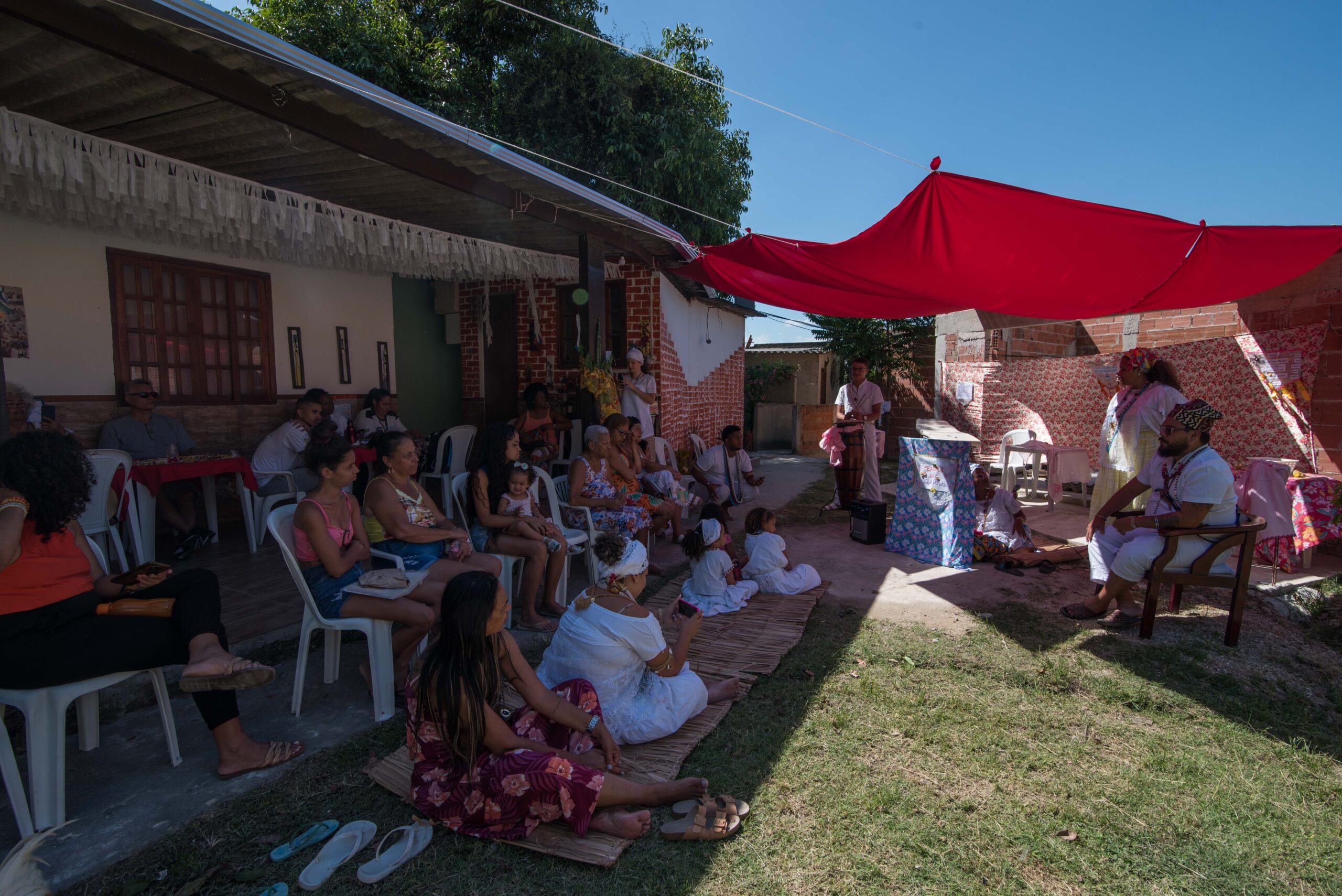
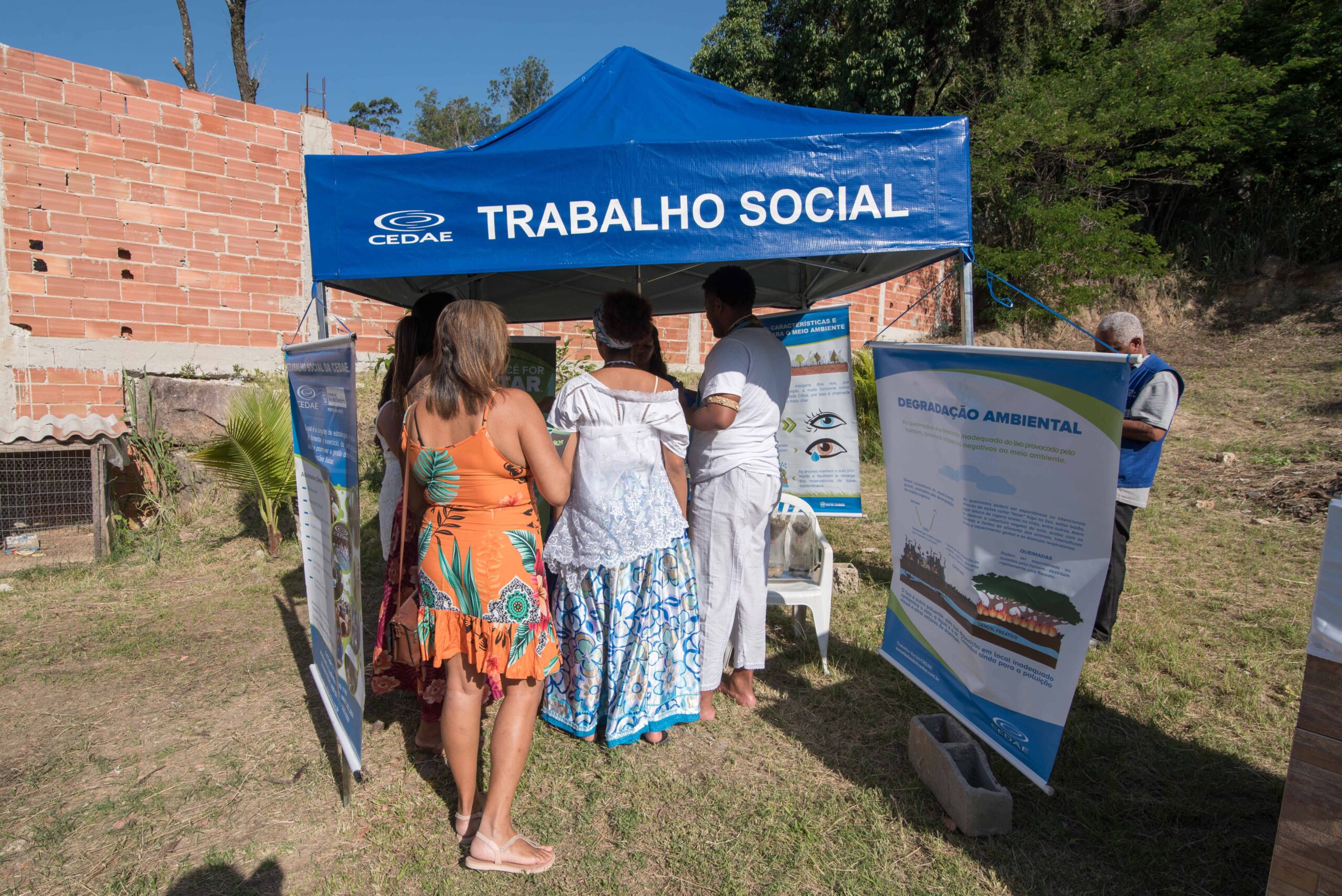
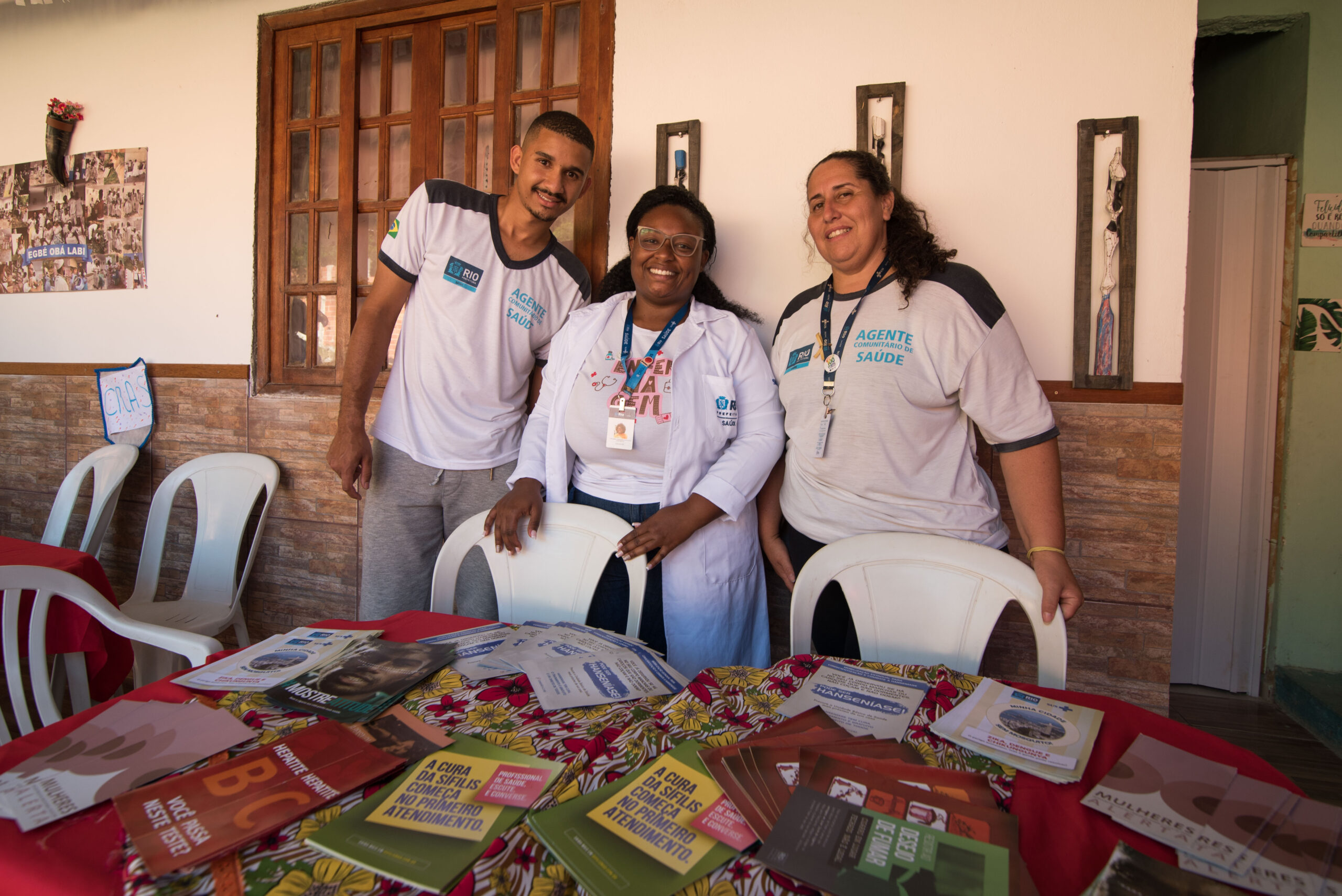
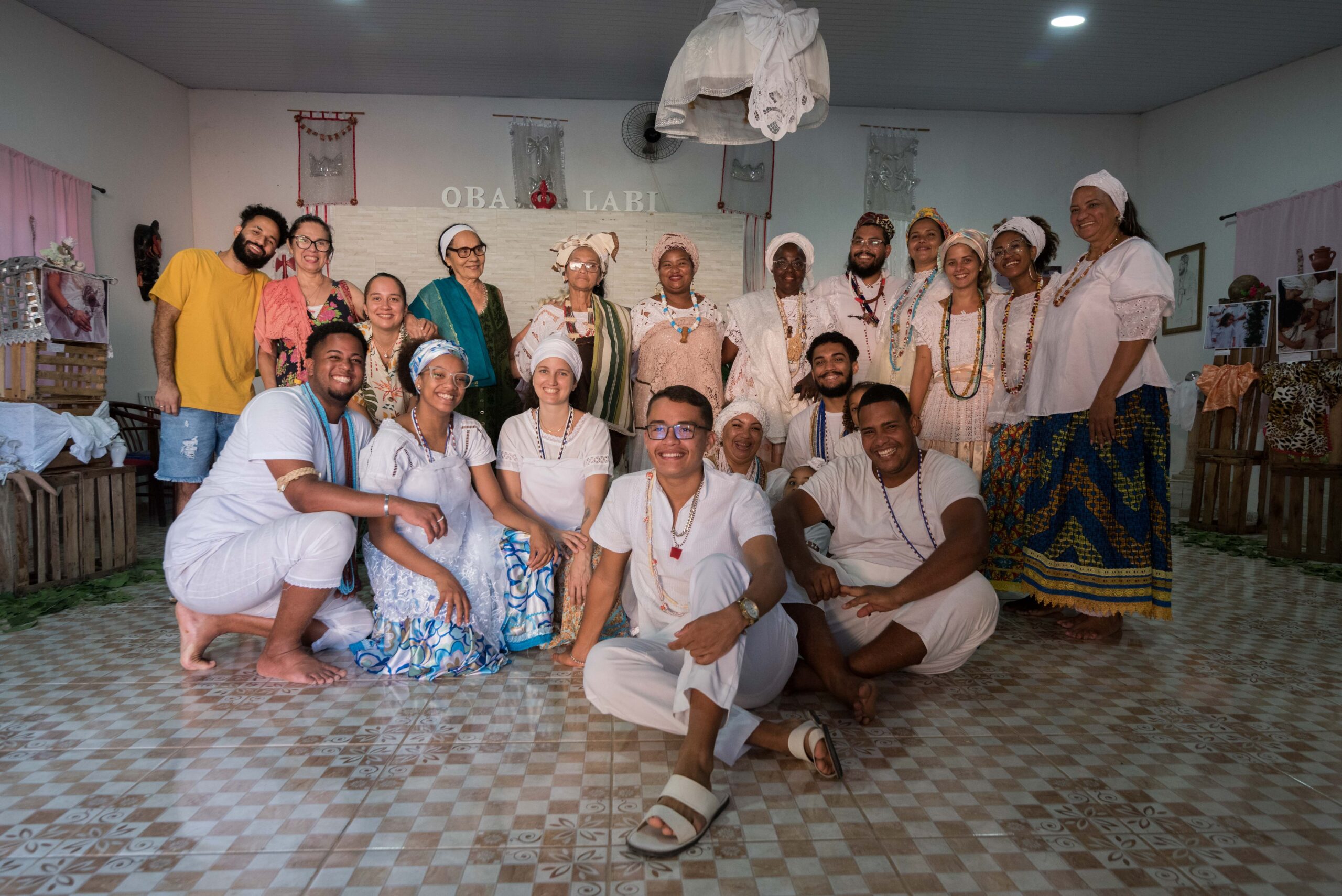
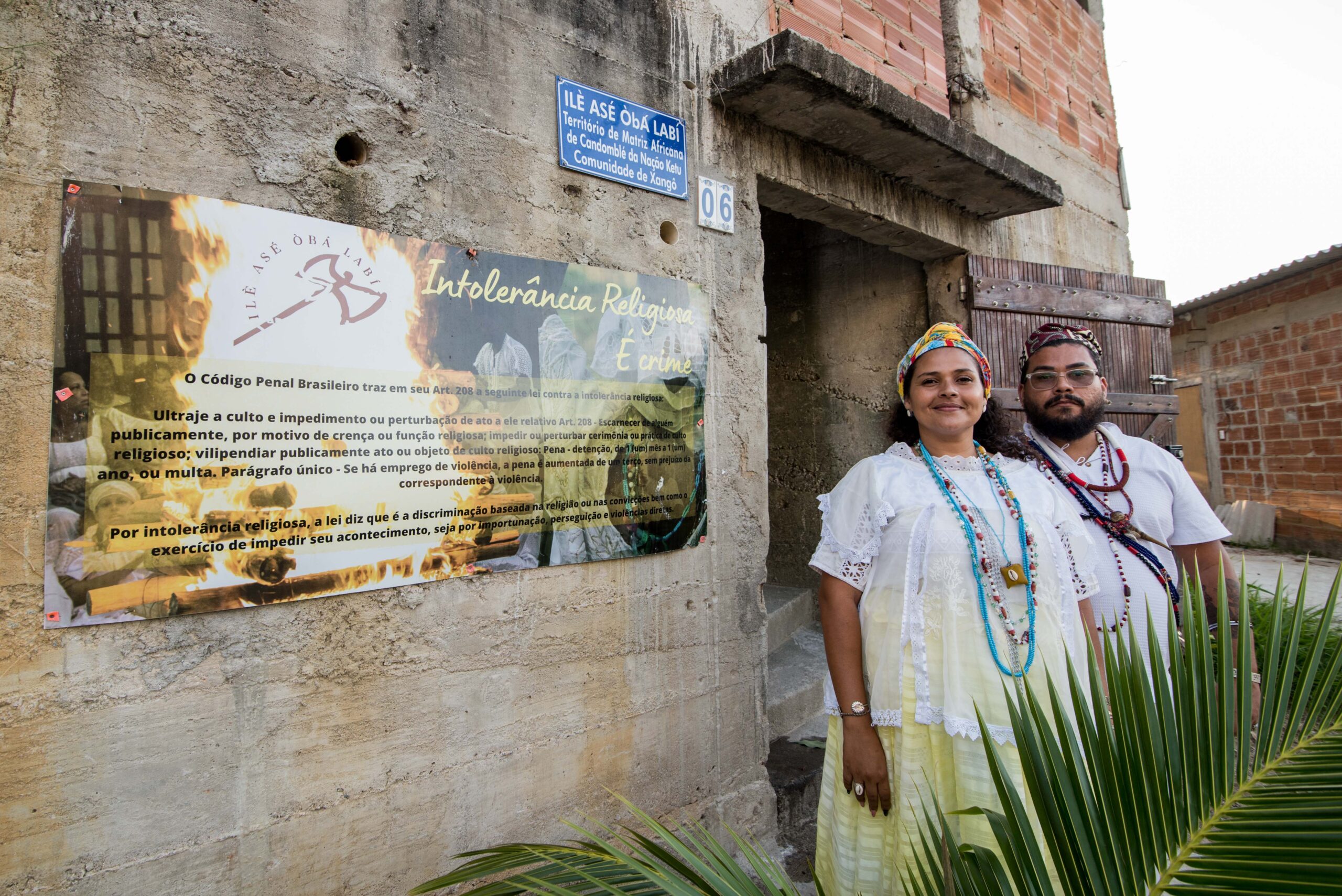
About the author: Bárbara Dias was born and raised in Bangu, in Rio’s West Zone. She has a degree in Biological Sciences, a master’s in Environmental Education, and has been a public school teacher since 2006. She is a photojournalist and also works with documentary photography. She is a popular communicator for Núcleo Piratininga de Comunicação (NPC) and co-founder of Coletivo Fotoguerrilha.
